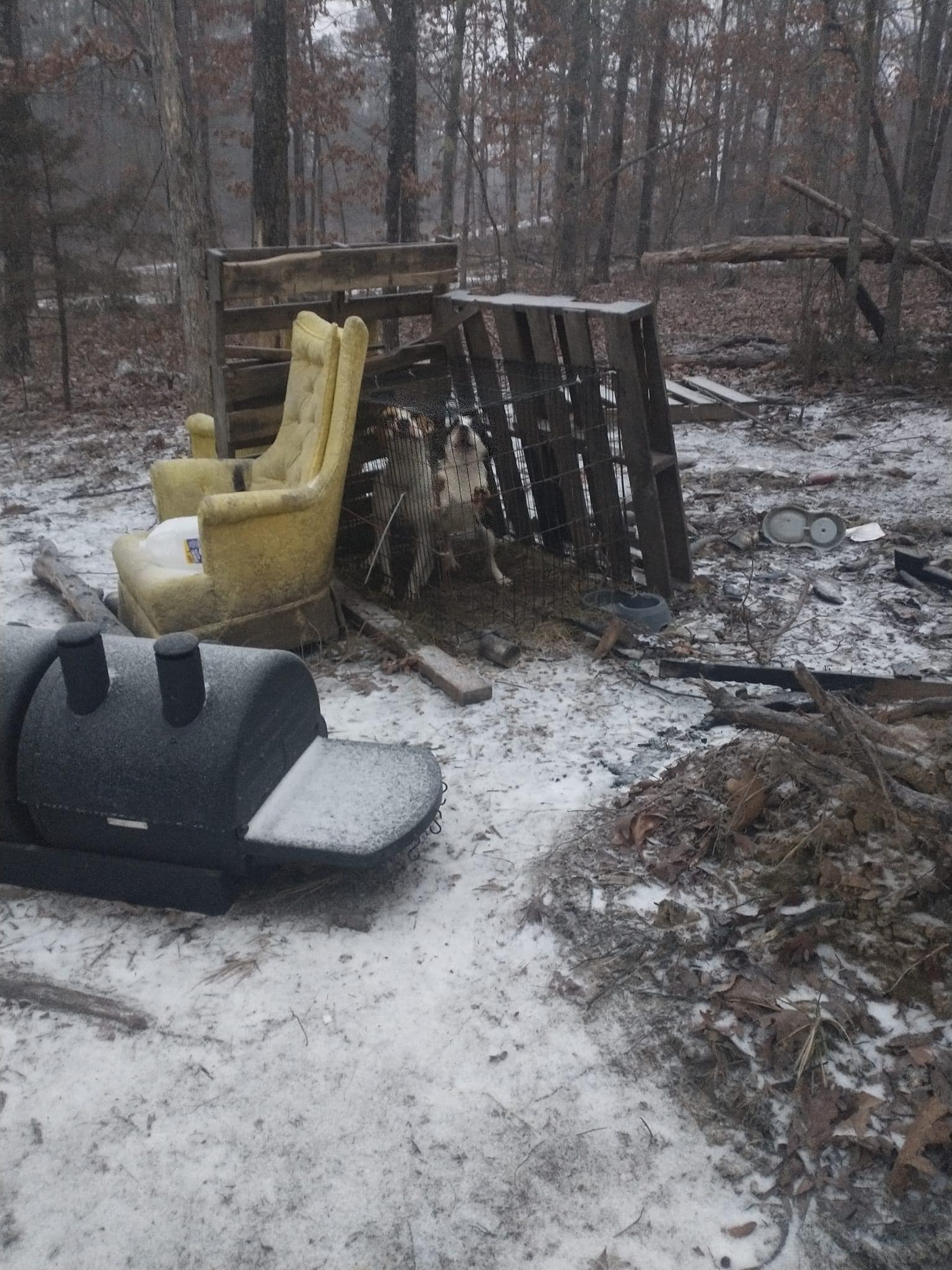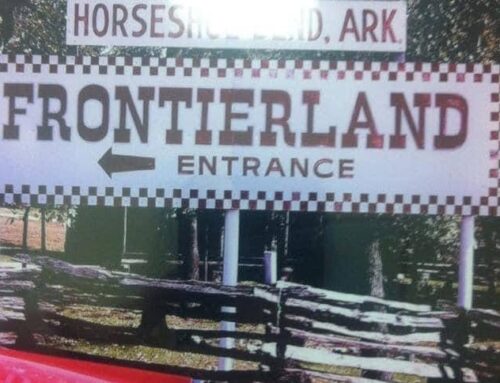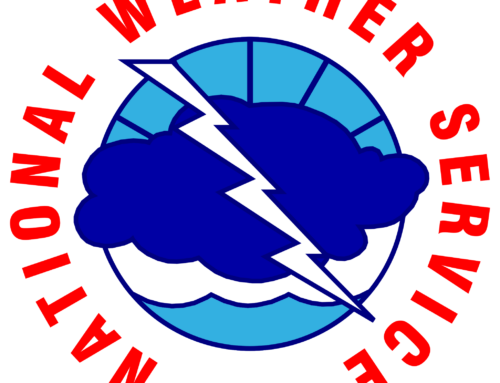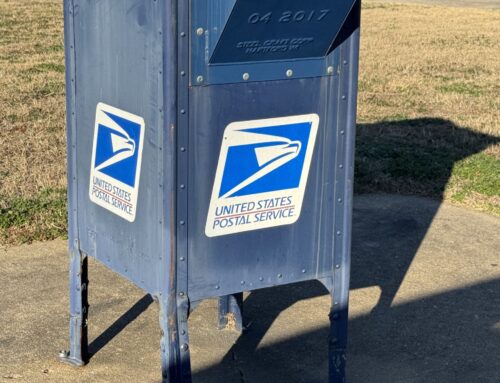As freezing temperatures and frozen precipitation hit the Ozarks, travel and power, have not been the only challenges. For many dogs, staying alive has been the greatest challenge.
The issue of abandoned, neglected and abused dogs is not a new one, however; according to Judy Tomlin with the Izard County Animal Rescue Effort (ICARE) it is a growing problem.
“This week alone, I have three separate calls of abandoned or neglected dogs,” Tomlin said.
Posts on social media have been circulating showing abhorred conditions of three dogs at one residence in particular. Their owners have admittedly and knowingly abandoned the dogs leaving them without food, shelter or water in the snow and ice with no help for the animals in sight.
Two of the dogs are locked in a metal cage without covering and a third left tied to a tree.
“We have a problem in the Ozarks and it’s not specific just to the Ozarks and that problem is animals behind left out without proper shelter in extreme weather. You have a case in oxford where three dogs are abandoned and the owners have said they’re not coming back. There is nowhere to put the dogs,” Tomlin said. “People don’t seem to understand that a dog left out on a chain or left out in just a doghouse with no bedding isn’t going to be warm. If you’re freezing, so is that dog in most cases.”
Tomlin said she has seen an increase of dogs across the Ozarks left chained to trees in the middle of yards, left without care or second thought and it’s happening at an alarming rate.
“They get dirty frozen water. Of the puppies I take in, 70 percent are sick with Coccidia, which comes from drinking dirty water. People don’t understand if you’re going to have a pet they need to be cared for like you would a child. They need to be fed. Housed in a warm, dry environment and they must be cared for. You can’t just tie them to a tree and leave them,” Tomlin said.
Living and volunteering in a higher poverty area, Tomlin said she understands not everyone can keep a pet inside the home but notes everyone can provide adequate shelter for their outdoor pet. Tomlin offered alternatives and suggestions for best practices in an affordable manner.
“A warm dog house filled with straw. Not filled with blankets or towels because those get wet and are colder than if the dog had no bedding. Straw or, as a last resort hay. If it’s stuffed into a dog house is better than leaving your dog out in the cold with no bedding and no shelter,” Tomlin said. “Pine shavings can also be used for bedding because they help hold heat but don’t hold in moisture as much.”
Although not entirely false advertising, many unsuspecting pet owners purchase name-brand dog houses such as Igloo under the false assumption the plastic house is enough for their pet.
“They’re plastic. The only thing they do is block the wind and that’s only if the owner knows to face the opening south and away from the north or west,” Tomlin said.
Tomlin said in her outside kennels, the dog houses are filled with pine shavings for bedding and heat lamps are placed over the top to help keep the area warm. The kennels are also wrapped with a tarp and have metal roofing.
“This way, they’re covered from the rain, snow and sleet and the heat lamps provide heat from the cold,” Tomlin said.
While sitting on the couch, watching television or reading a book near the furnace, it can be easy to forget the harsh temperatures outside. Setting alarm clocks to ensure you remember to go outdoors to care for your furry friend may help ensure they’re not neglected.
“Water in the cold needs more attention. We change it twice a day. If it freezes, we do it more often. If the water’s frozen, the dog can’t get a drink. A lot of times, people give a dog water and figure it’s good enough for a few days but if it freezes, they’re not getting any water and dying from dehydration. Their bowl should be emptied, washed out and filled twice a day and if you have puppies, it should be changed more often and when necessary,” Tomlin said. “When it’s cold, a good high protein and high-fat food will produce heat for the dog. A good dog food fed twice a day and it’s good. If they eat quickly and they still look hungry, they need more. Each dog is an individual. Some will eat more and some less, but you have to keep an eye on what they’re getting and what their body looks like. If they’re thin, they need more food.”
Tomlin said the breed of dog will also play a role in how it will handle the outdoors; however, a very limited number, if any, are made to handle the weather with no shelter.
“If you have huskies and Great Pyrenees and they want to stay outside, that’s fine, but you should still provide shelter in case they don’t want to be in the freezing rain. I see so many Pyrenees in the freezing rain with no shelter and left to fend for themselves, they should have a choice and an option,” Tomlin said.
In the last two years alone, Tomlin has cared for and shipped over 1,100 dogs from the area who were unwanted.
“I sent over 500 puppies out of Arkansas last year and in 2021, I sent 634 out of Arkansas. I want people to know there is an issue. There are laws on the books but they’re not being enforced because there is really no way to enforce them. There are a limited number of shelters and a growing population of dogs,” Tomlin said. “People need to take advantage of the spay and neuter clinics. That is the only way we’re going to get ahead. There are clinics all year round in our area where you can get a reduced rate. I’ve offered free spaying through the Martha Decker fund for years and half of those vouchers never get used.”
Lauren is a an award-winning journalist who decided after 10 years of newspaper experience to venture out. Hallmark Times was born.






